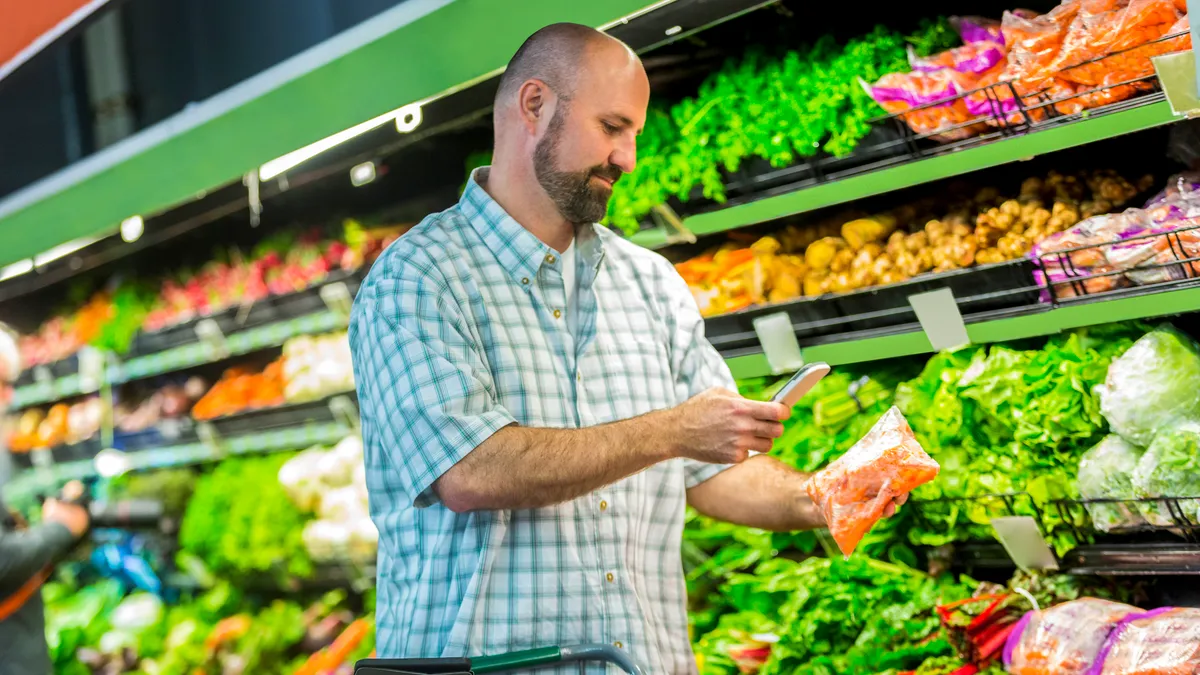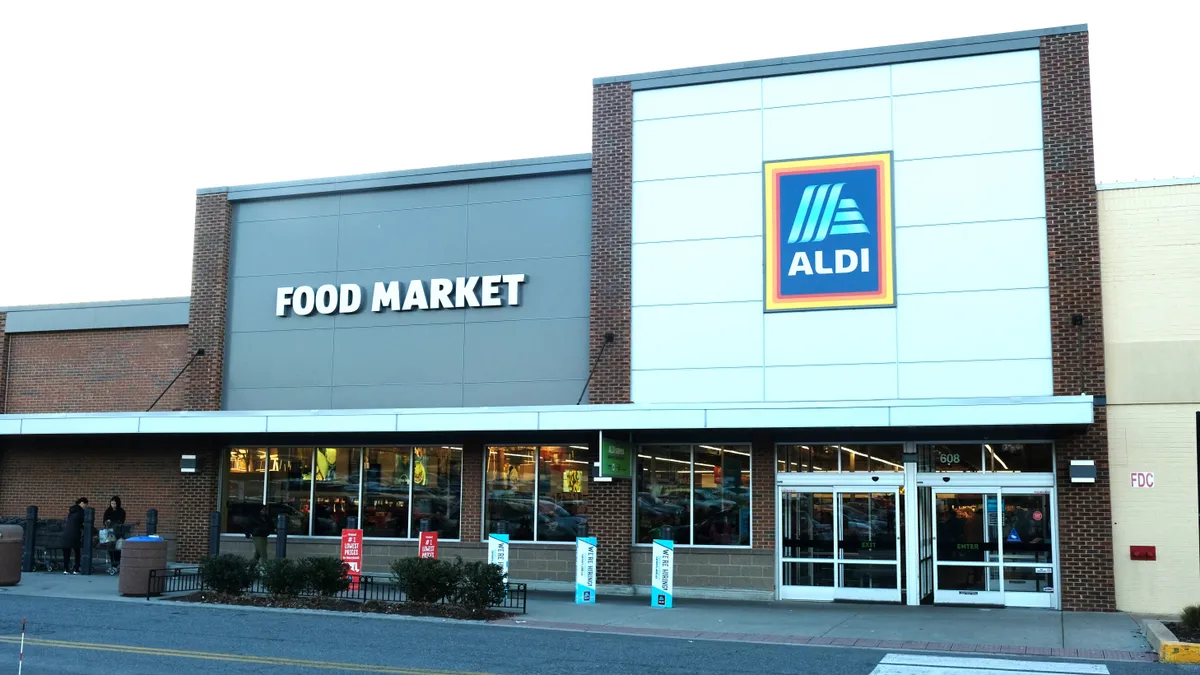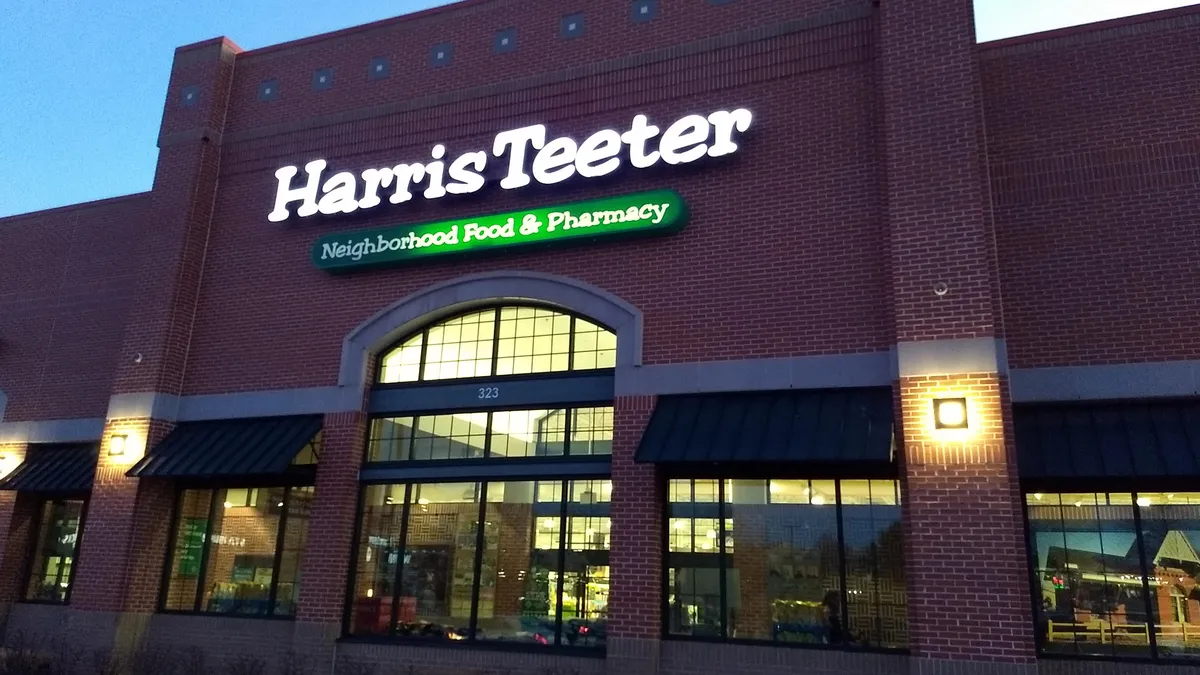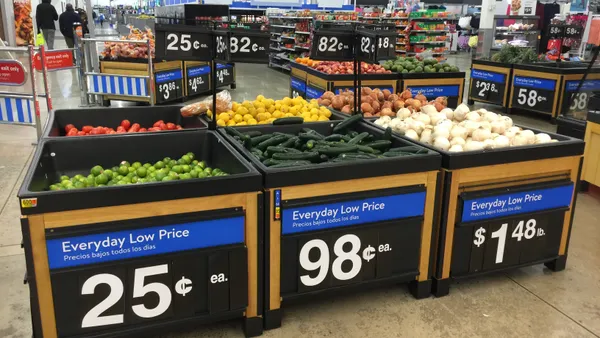Dive Brief:
- More than 90% of consumers purchase groceries both in-store and online, whether through retailers’ apps and websites, social media or third-party marketplaces, according to findings from a new report by FMI and NielsenIQ released Monday.
- Online grocery sales are expected to reach $388 billion by 2027, up from the $276 billion the industry saw in 2024, according to the report.
- Grocers should look to improve their apps, channel fluidity capabilities and other e-commerce strategies to further capitalize off the growing reliance on omnichannel shopping, FMI and NielsenIQ noted.
Dive Insight:
The vast majority of U.S. consumers are now “digitally engaged,” according to the report, meaning their interactions with a grocery brand occur across a range of digital and physical touchpoints. The need for strategies to reach these digitally fluent shoppers and accommodate their demand for expanded service options has never been greater, FMI and NielsenIQ noted.
“Digital engagement is no longer a complementary strategy, it’s essential to growth,” said Kim Cox, managing director of Omnicommerce at NielsenIQ, in a statement.
While food only represents a 10% online share — lagging behind non-consumable categories like baby care (47%) and health and beauty (45%) — the channel is growing sharply, up 18% during a 52-week period ended late September. That sharp rise suggests a “growing acceptance of food shopping online, especially for convenience items,” according to the report.
However, sales growth will trail off in the years ahead, making pricey online investments potentially difficult for grocers to swallow. While online sales growth ticked up slightly last year to 14.2%, FMI and NielsenIQ project that growth will decrease each year over the next three years, reaching 11.2% in 2027.
With digital capabilities driving both in-store and online sales, it is crucial for grocers to keep their apps relevant and running smoothly. The report noted that 41% of online shoppers feel that a store app’s quality is an important factor when determining their primary store and where they choose to spend.
Apps should have clear ways for shoppers to access their digital coupons and shopping lists as well as provide customized deals, real-time updates on prices and promotions, loyalty rewards and purchase histories, according to FMI and NielsenIQ.
A high-quality app is also an influential way to earn shopper loyalty from younger demographics, specifically Generation Z.
And because shoppers don’t just engage with retailer’s owned platforms, ensuring channel fluidity — the ability to transition between different shopping channels — is a key way to meet customers where they are, according to the report. Fifty-five percent of respondents said they make direct purchases of grocery and household items from social media and live streaming platforms, according to the 2024 NIQ Outlook survey cited in the report.













